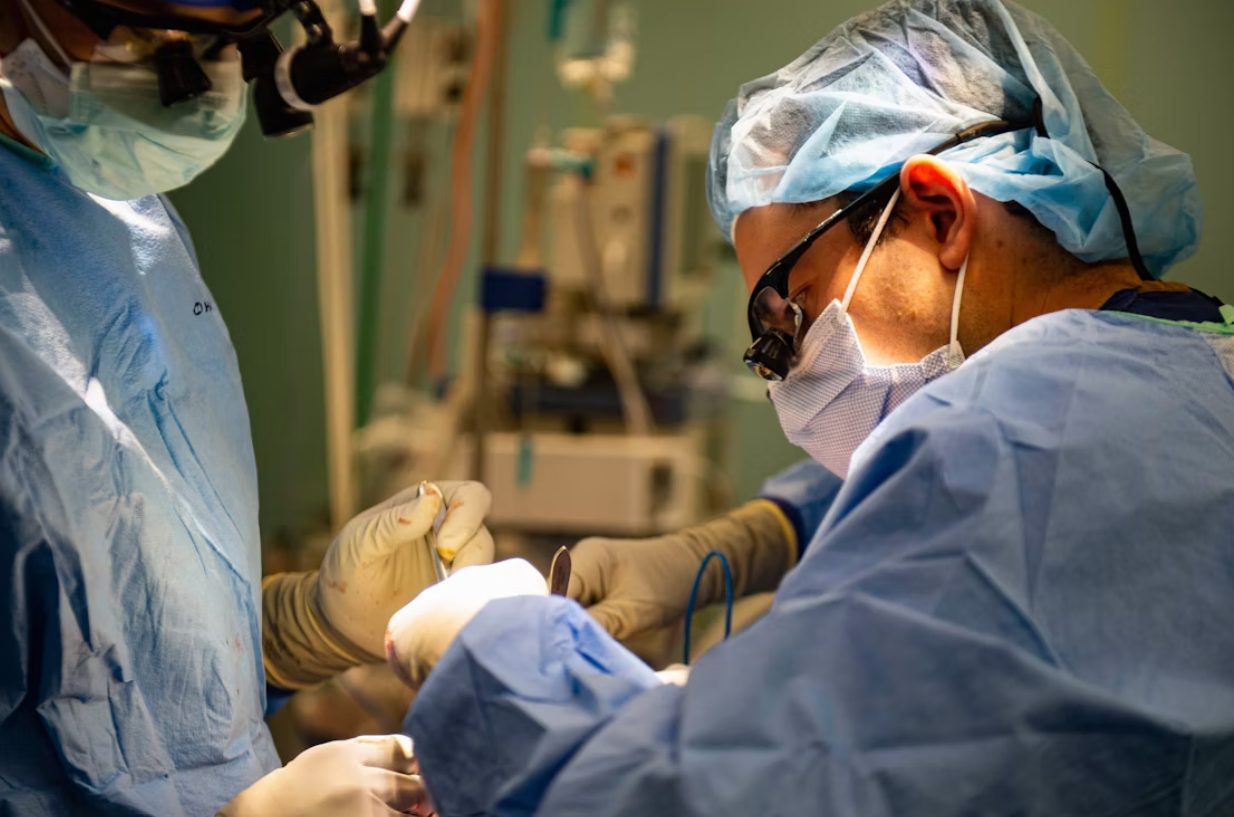
@ShahidNShah


Not long ago, surgeons relied almost entirely on experience and steady hands to perform complex procedures. Today, innovation in medical tools has turned precision into a science. With digital assistance, operations are now safer, faster, and more predictable than ever. Patients who once faced long recoveries now regain strength more quickly.
These changes are not about replacing skills but improving them. Across advanced medical centers in cities like Chicago, specialists are using digital systems that map movement, guide instruments, and simulate surgical paths. This approach allows them to focus more on patient outcomes and less on surgical risk.
The shift from guesswork to guided accuracy has set new standards in care. In this article, we’ll explore the latest technologies that help surgeons achieve such accuracy and how they continue to reshape orthopedic practices worldwide.
The operating room looks different today. Robotic-assisted tools have changed how orthopedic experts perform intricate procedures. These machines don’t replace surgeons; they work as partners, helping them achieve steadier control and smaller incisions.
Take joint repair as an example. Smart surgical arms can replicate human motion with more precision and less strain. They analyze real-time feedback and adjust angles and pressure during the operation. This accuracy lowers the risk of tissue damage and supports faster healing.
A question worth asking: Wouldn’t everyone want surgery done with fewer cuts and more confidence? That’s exactly what these systems provide. Beyond comfort, they also reduce hospital stays and post-surgical complications, providing clear proof of how tech-driven precision benefits both patients and medical teams.
Modern diagnostic tools have become the foundation of accurate orthopedic care. High-quality imaging and thorough digital evaluations allow surgeons to plan procedures with clarity and precision before entering the operating room. This preparation minimizes uncertainty and helps patients recover with greater confidence.
For instance, patients seeking shoulder surgery Chicago benefit from clinics like Hand to Shoulder Associates, where advanced imaging and diagnostic methods support every stage of treatment planning. These technologies help surgeons identify issues early, map out safer surgical paths, and ensure personalized care.
Some diagnostic services offered include:
With these diagnostic systems in place, surgeons can move forward with precision, and patients gain peace of mind knowing their care begins with accuracy.
Artificial intelligence has become the quiet assistant every surgeon wants. It gathers massive amounts of patient data and turns it into insights that guide decision-making. During surgery, AI can predict potential complications and even suggest next steps based on past success rates.
Robotics takes that one step further. They follow exact paths, never tiring or shaking, and execute with near-perfect accuracy. Imagine a surgeon using a robotic arm guided by AI analysis — that combination reduces error, improves alignment, and saves critical time.
One striking example comes from shoulder and joint procedures, where precise alignment determines how well a patient recovers. With these systems, alignment is not left to judgment alone but verified by machine-assisted measurements. The result? Greater consistency and safer outcomes.
Everybody is different, so shouldn’t every implant be too? This is where 3D printing comes in. It allows the creation of custom parts that fit a patient’s unique anatomy. Orthopedic specialists now use printed implants designed from digital scans, reducing the need for adjustments during surgery.
For instance, in shoulder repair, a 3D-printed joint replacement can closely match the natural curvature of a bone. This leads to improved comfort and smoother motion after recovery. Besides implants, 3D printing also produces guides and templates that help surgeons operate with accuracy.
These innovations prove that personalization is becoming the new standard of medical excellence.
Healing doesn’t stop once surgery ends. New technology ensures progress continues at home. Wearable sensors track movement and alert doctors if exercises aren’t being performed correctly. Mobile apps record range of motion, pain levels, and rest patterns, giving both patient and doctor a clear picture of progress.
A patient recovering from joint repair might wonder, Am I moving too much or too little? With these devices, that question has a precise answer. They send real-time feedback and adjust therapy routines based on individual response.
Tele-rehabilitation solutions also let patients connect with therapists remotely. This reduces travel stress and improves commitment to recovery schedules. The result is a smoother, faster return to daily life — supported entirely by thoughtful feedback and digital monitoring.
Innovation has made surgery more predictable and safer from start to finish. Innovative tools, diagnostic imaging, robotics, and real-time tracking now allow surgeons to perform with unmatched accuracy. These advances not only improve outcomes but also empower patients to recover with confidence. As healthcare continues to evolve, precision will remain its most significant promise — a future where technology and human expertise work together to restore motion, strength, and quality of life.

There was a moment, late on a Friday afternoon, when the care-manager at a midsize health-system realised that the next day’s discharges were already stacking up, the readmission risk was climbing, …
Posted Oct 27, 2025 AI-Automation Artificial Intelligence
Connecting innovation decision makers to authoritative information, institutions, people and insights.
Medigy accurately delivers healthcare and technology information, news and insight from around the world.
Medigy surfaces the world's best crowdsourced health tech offerings with social interactions and peer reviews.
© 2025 Netspective Foundation, Inc. All Rights Reserved.
Built on Dec 11, 2025 at 5:08am